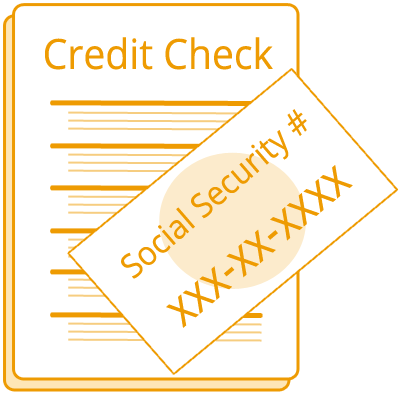February 24, 2011 (Chris Moore)

Recent research and studies are calling into question whether or not the Bankruptcy Abuse Prevention and Consumer Protection Act of 2005 (BAPCPA) was a contributor to the ensuing mortgage crisis and economic recession. Researchers in the study claim that immediately following the implementation of the bankruptcy reform, the number of foreclosures increased by 200,000 per year, even before the onset of the financial crisis.
In research done by the Federal Reserve Bank of Philadelphia, followed by a paper, Subprime Foreclosures and the 2005 Bankruptcy Reform, published by the Federal Reserve Bank of New York and written by Donald P. Morgan, assistant vice president of the bank and graduate students Benjamin Iverson of Harvard University and Matthew Botsch of the University of California at Berkley, researchers contend that the bankruptcy reforms may well have shifted the burden of bankruptcy from unsecured creditors to sub-prime lenders.
Prior to BAPCPA, a debtor could choose to file either a Chapter 7 or a Chapter 13 bankruptcy in order to seek protection from creditors. Under Chapter 7 all non-government related unsecured debt could be discharged; under Chapter 13 the debtor established a plan to enable repayment of debt over time. Creditors did have the option of forcing a Chapter 7 filing into Chapter 13 if they felt some recovery was possible.
After the reform, a debtor faced a “means test” to determine which, if either, form of bankruptcy can take place and sets the repayment plan. The new law also required credit counseling, extended the length of time between filing and discharge (to as long as five years), and reduced the types of debt that can be discharged. It also resulted in much higher legal costs to the debtor.
In the report the authors pointed out that prior to bankruptcy reform, credit card debts and other types of unsecured debt could be discharged in bankruptcy, and that by filing for bankruptcy it loosens a homeowners’ budget constraints and allows them to shift funds from paying other debts to paying their mortgages. Bankruptcy thus gave financially distressed homeowners a way to avoid losing their homes when their debts exceed their ability to pay. The availability of debt relief in bankruptcy was widely known; the costs of filing were low; and there was little stigma attached to filing. Even debtors with high incomes and high assets could take advantage of bankruptcy.
After bankruptcy reform, the authors contend BAPCPA raised the cost of filing and reduced the amount of debt discharged which caused bankruptcy filings to fall sharply and that an unintended consequence of the bankruptcy reform was to increase the number of mortgage defaults by closing off a popular procedure that previously helped many financially distressed homeowners to pay their mortgages. The reform, therefore, contributed to the severity of the mortgage crisis by pushing up default rates even before the crisis began.
What the study initially found was that mortgage defaults rose by around 15 percent after the reform went into effect and that the default rates of homeowners with high incomes or high assets, who were particularly negatively affected by bankruptcy reform, rose even more. They estimate that the 2005 bankruptcy reform caused about 200,000 additional mortgage defaults to occur each year, thus adding to the severity of the mortgage crisis when it came.
The study is very extensive and looks at many factors that played a role in the effects of BAPCPA.
But in conclusion, what the study found was that there was no relationship between foreclosures and prime mortgage foreclosure rates. However, the estimated impact on sub-prime foreclosures was found to be substantial. In a state with an average homestead exemption, the authors found that the average sub-prime foreclosure rate over the seven quarters since BAPCPA was implemented was 11 percent higher than the rate before BAPCPA. This translates to about 29,000 more foreclosures in each of those quarters that are attributable to the reform. And ultimately as we all know, the catalyst of the financial downfall started with sub-prime loans.
The researchers observed that BAPCPA still may have very well served its intended first purpose of curbing bankruptcy abuse, but ultimately, it appears to have shifted the burden of bankruptcy from the unsecured creditor to the secured creditor, and in the end, the losses that the banks were trying to prevent under the guise of “abuse,” may have come back to get them in the end in the form of today’s housing crisis.
BAPCPA is just another example of government intervention in the free market place that may have resulted in unintended consequences, just as we feel the Dodd-Frank Financial Reform Bill will also have in the future.
If you would like to read the research paper, you can view it here.
Tags: BAPCPA, bankruptcy reform, unsecured debt, secure debt, prime mortgages, sub-prime mortgages, mortgage defaults, bankruptcy filings


